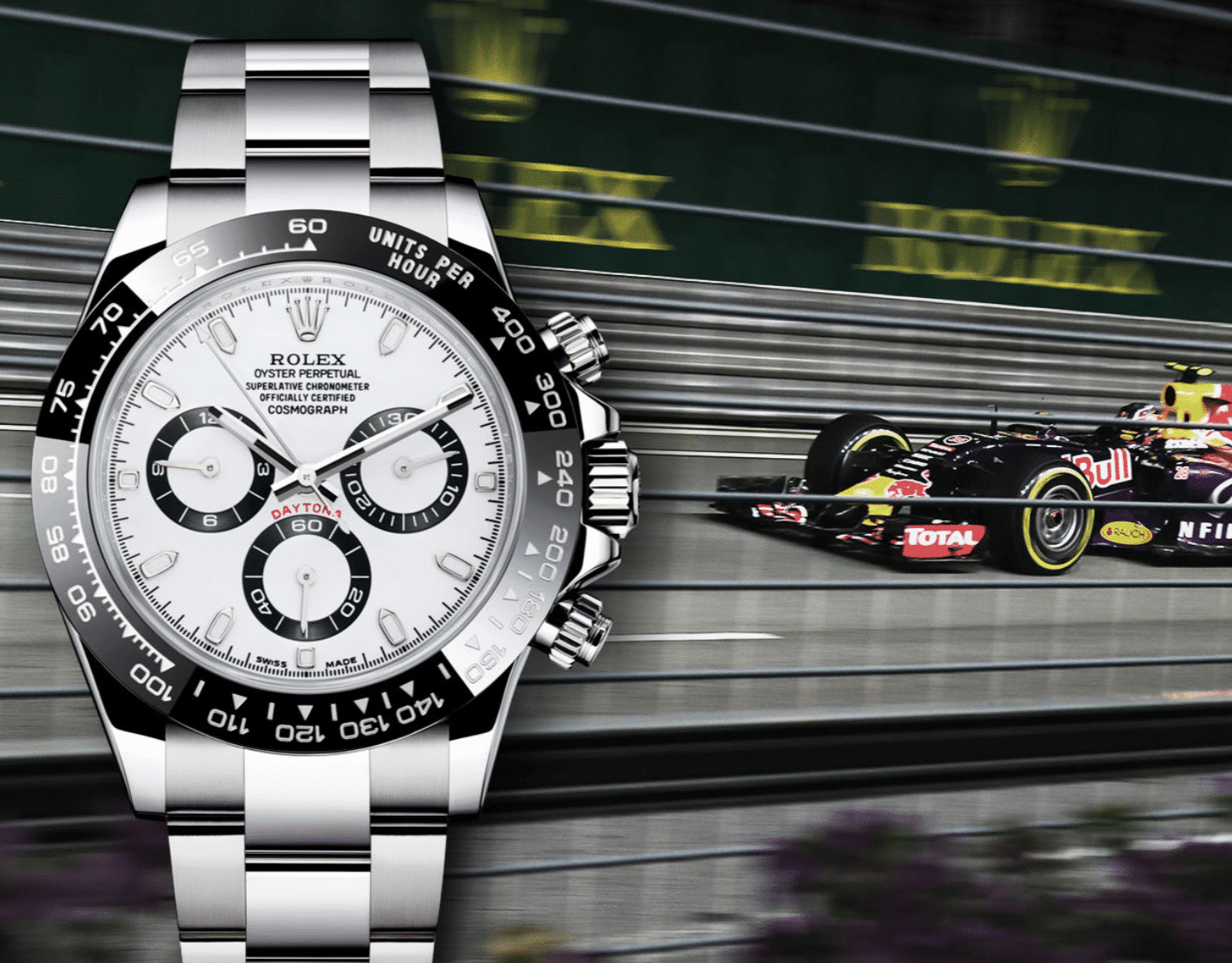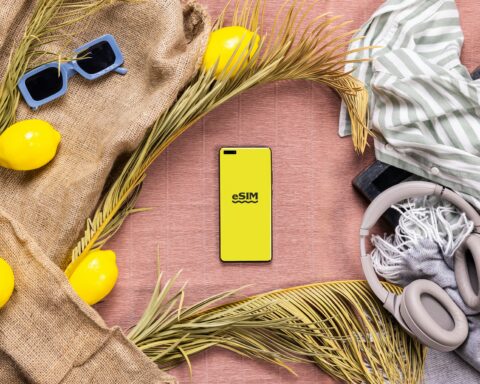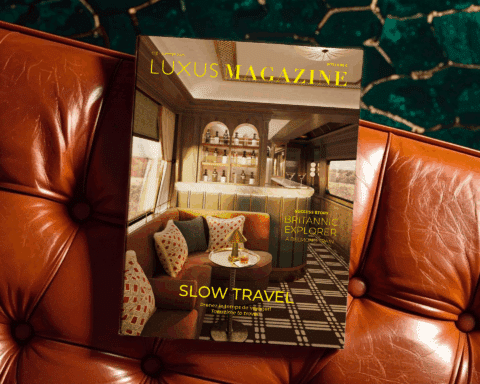Editor’s Note: This article first appeared in the print edition of the latest issue of The Luxury Journals.. Click here to see the full issue.
Sports and watch brands have always had a strong link. Both parties have understood the importance of marketing and communication for their own benefit.
Leadership, excellence, being the best at everything are their most important values. Values shared by the greatest quarterback in history, the American Tom Brady, who has just come out of his short retirement. The 7-time SuperBowl winner has been an ambassador for one of the market leaders in watches: Tag Heuer, from 2015 to 2019.
According to a Sponsorize study, Rolex and Tag Heuer are among the top four investors in the sports marketing industry, accounting for $180 million and $90 million respectively. These two brands, among others, are involved in sponsoring and patronising sporting events or simply using athletes as ambassadors/influencers.
Rolex is one of the pioneers in this field, as its founder Hans Wilsdorf was one of the first watchmakers to realise the importance of marketing and the consequences it has on its products. It is a kind of “testimony from the world of excellence” to the work of successful marketing campaigns. Rolex has always had a strong attachment to the uniqueness of sport. The brand has developed watches specifically for sailing sports, such as the Oyster, the Explorer, the Cosmograph Daytona, etc.
One of the brand’s objectives is to establish itself in a circle of elite sports, namely : Formula 1, tennis, skiing, sailing and horse riding. The idea is very clear: to associate only with the best or those who are on the way to becoming the best. In fact, since 2013, Rolex has been a global partner and official watch of Formula 1. Both motorsport and the Swiss watchmaker are deeply committed to performance, victory and tradition. The motorsport leader’s website reports of their collaboration that “Formula 1’s enduring spirit and rich heritage, as well as its commitment to bold performance and innovation, align with Rolex’s quest for perpetual excellence.”
Tag Heuer is not to be underestimated as it is now considered one of the leading brands in the automotive sector thanks to its presence in Formula 1 races and teams too. The acquisition of the brand by LVMH in 1999 has made it one of the leaders in luxury sports watches. It has nothing to envy its competitors. The brand is also at the forefront of the latest technologies and innovations. Indeed, the Swiss brand was the originator of the first sports chronometers in the 1980s. Since then, it has been at the service of elite sports (F1, sailing, skiing, etc.) just like its competitor Rolex.
Tag Heuer is the Official Watch of the Manchester United football team, considered as one of the best in the world, but also as a mythical club that trains young talents who are determined to succeed and perform every day. The brand’s former CEO, and former president of the LVMH watch division Jean-Claude Biver, said: “Manchester United is the most prestigious team in the world, and getting into football at the highest level is very important to me. TAG Heuer is not a ‘sponsor’, but rather a ‘partner’ of high-profile teams, organisations and individuals who share our strong values and vision.”

Watches are considered to be luxury products, and are therefore generally purchased for the brand name and the feeling of belonging to that brand over and above the real know-how behind it. Indeed, and the watch industry has understood this, customers no longer buy products solely for their utility and performance.
The challenge for watchmaking companies is therefore to develop their reputation, and the most effective way to do this is to have their name everywhere. A technique that has worked very well for Rolex, for example, which is now the brand associated with tennis. Athletes have quickly become the best possible ambassadors in the sector, as they can use their image to give legitimacy to the product, in the manner of a “credibility sponsor”, who carries the values of the brand and the product.

For example, Maria Sharapova, world tennis player, earned 297 million dollars during her career and was an ambassador for Tag Heuer, and Roger Federer, ambassador for Rolex, earns 100 million dollars a year. Indeed, ambassadors in the watch industry are based on strong values that will create a very long term relationship, for example Roger Federer has been the ambassador of Rolex since 2006. In 2012 he signed a $15 million endorsement contract, which proves that this relationship works very well for the brand. Another example is the Tudor brand, which has chosen David Beckham and the All Blacks rugby team.
According to Launch Metrics, the house achieves a media impact value (MIV) of 22% with its ambassadors who generated $5.5m, from September 2019 to February 2020, four times the actual market data. David Beckham generates the most MIV accounting for 11.3 million, including 2.26 million from his Instagram account alone. One of the reasons brands choose athletes is that they are expected to be extremely healthy and flawless, allowing the brand to convey these pure and strong values. But it can also be a problem, as we saw with the scandal that erupted on social media when Rolex released its new advert, praising Roger Federer as “the most revered athlete in the world of all time” and more.
For a brand, sponsoring events and ambassadors is a wonderful opportunity to gain visibility, through television where most sporting events and tournaments are broadcast worldwide, to reach many different and new targets, and to make the brand recognisable to a large proportion of the population. This is often much cheaper than producing and broadcasting a real commercial advertisement.
Read also > WHY INVEST IN LUXURY WATCHES ?
Featured photo : © Press




















